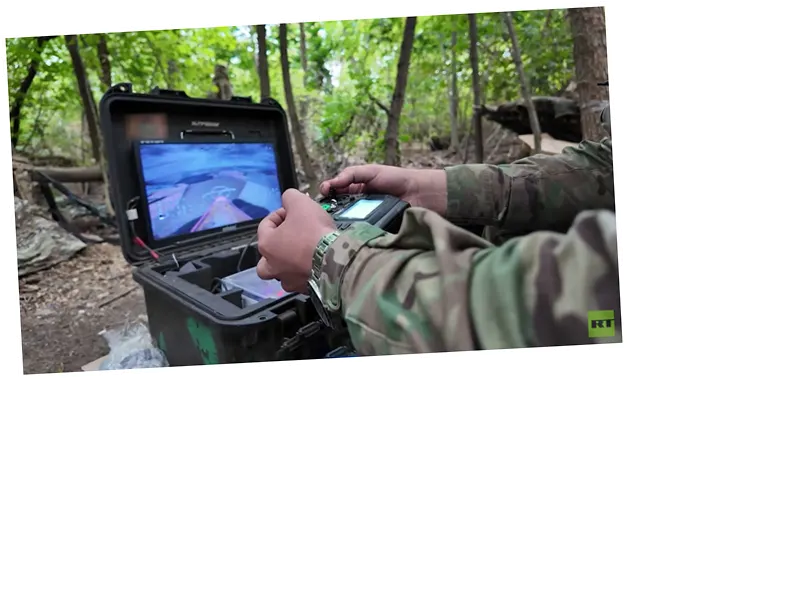The Increasing Role of Drones in the Ukraine-Russia Conflict
The ongoing conflict between Ukraine and Russia has prominently showcased the increasing usage of drones in modern warfare. These unmanned aircraft have become an indispensable part of the Ukrainian military's strategy to counter Russian superiority. The Ukrainian army has been effectively using kamikaze drones, particularly the FPV (First Person View) variants, to inflict heavy losses on Russian forces. A recent video published by the Ukrainian military highlighted a significant achievement: the destruction of an R-416GM, a modern Russian mobile communications station worth approximately $25 million, using a relatively cheap FPV drone. This attack disrupted communication between Russian command posts and their front-line units, showcasing the strategic impact of these small, cost-effective devices.
The use of these drones underscores a critical aspect of the conflict, where simple and affordable means are deployed against sophisticated and expensive military equipment. The Ukrainian forces have managed to hit significant targets including Russian soldiers and critical infrastructure, highlighting the effectiveness of these drone strikes. As traditional artillery shells remain in short supply at the front, the reliance on drones has increased. These drones have not only been effective on the front lines but have also been used to target areas deeper within Russian territory, amplifying their strategic significance.
Escalating Drone and Missile Exchanges
Both Ukraine and Russia have utilized drones and missiles extensively, leading to numerous cross-border air attacks. In recent instances, Russia announced the downing of 87 Ukrainian drones in regions such as Rostov, Kursk, and Belgorod. Simultaneously, Ukraine reported significant success in intercepting a large proportion of Russian missile and drone attacks. These aerial exchanges have led to substantial damage, including the destruction of fuel warehouses and infrastructure, contributing to the overall intensity of the conflict.
The uptick in drone and missile attacks has corresponded with heavy fighting on multiple fronts, particularly in the Donetsk region. Ukrainian officials reported that night strikes by Russian forces resulted in injuries and substantial damage to buildings and infrastructure. The town of Seledov in the Donetsk region experienced significant bombardment, causing further strain on the already beleaguered area.
Amidst these developments, Russian President Vladimir Putin proposed a conditional ceasefire demanding Ukraine's withdrawal from contested regions and its abandonment of plans to join NATO. However, Ukraine and its allies swiftly rejected these terms, perceiving them as an inequitable demand for surrender. The rejection underscores the complex nature of the conflict, where both strategic and diplomatic efforts are in a constant state of flux.
- Drones have become a game-changing technology in the Ukraine-Russia conflict, offering a cost-effective solution to military engagements. The FPV drones, in particular, have the advantage of being controlled from a first-person perspective, allowing for precise targeting.
- The use of drones has also enabled both sides to conduct surveillance and gather intelligence, which has been crucial for planning and executing military operations. This technological evolution in warfare emphasizes the importance of innovation and adaptability in modern conflict scenarios.
- Support from Western allies, including the supply of additional combat drones, has played a significant role in bolstering Ukraine's capabilities. Countries like Lithuania have committed to providing thousands of drones to aid Ukraine's defense efforts, reflecting international support for the Ukrainian cause.






